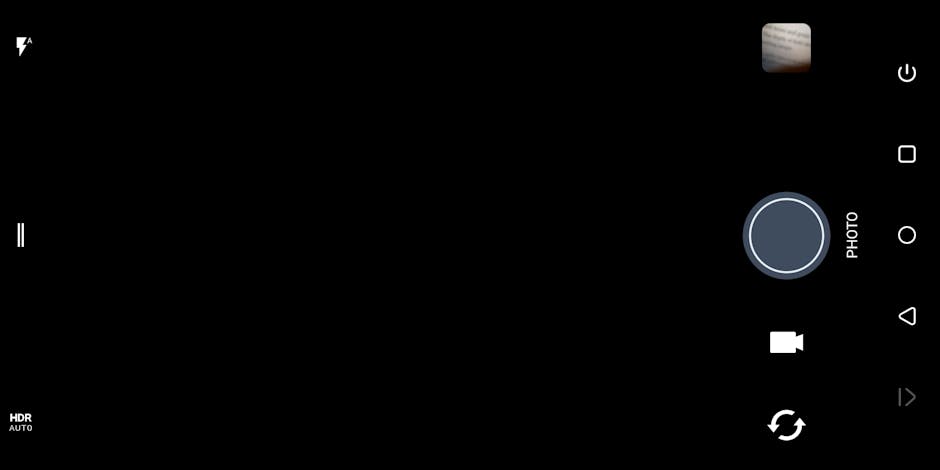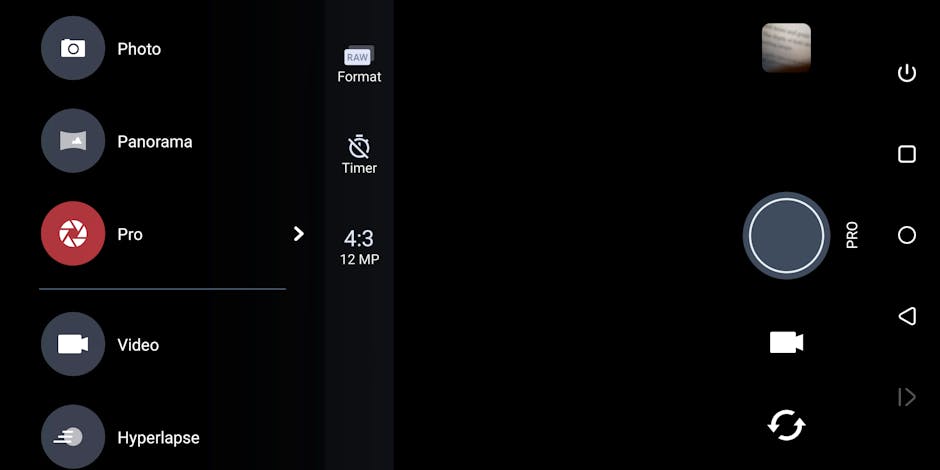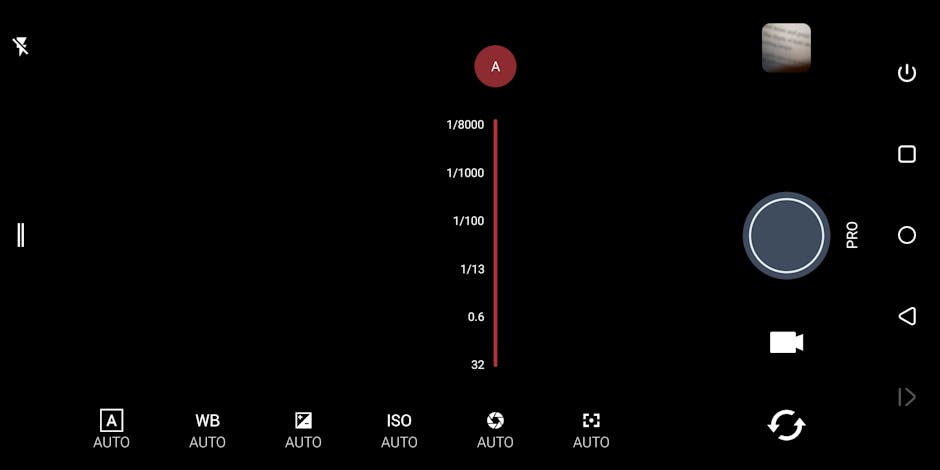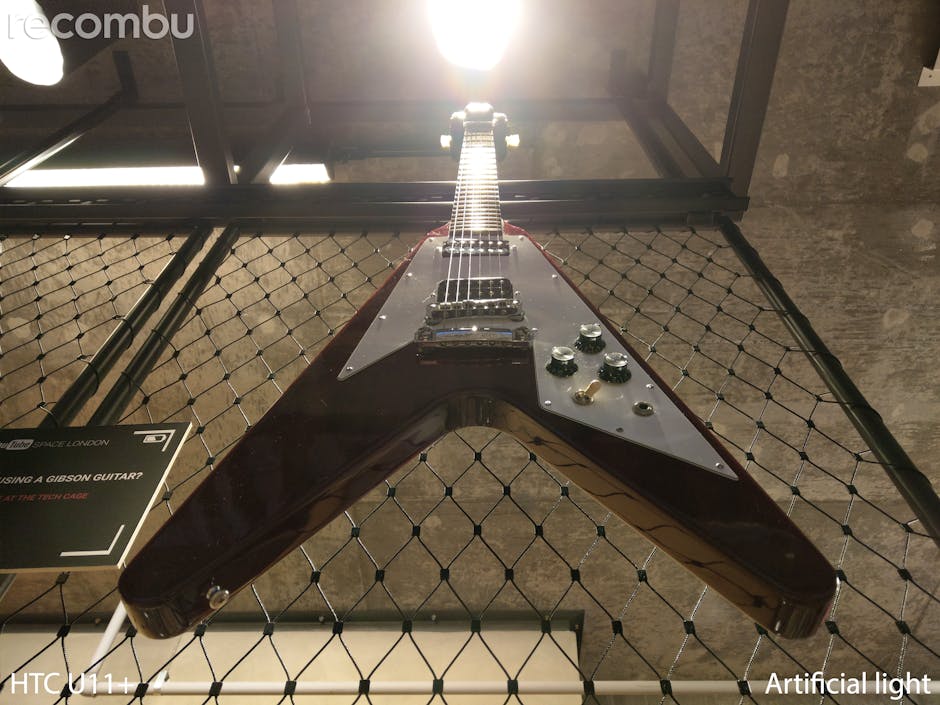Last year, we (along with most of the industry) fell in love with the HTC U11’s excellent camera and now we have a similar snapper setup in the new U11+ to wow us all over again.
HTC’s been working hard to reclaim lost ground in the competitive smartphone game and its last two flagship phones have shown tremendous improvement in all areas.
2017’s U11 impressed us for a variety of reasons but its camera was the unquestionable highlight. Even if you ignore the record DxO Mark scores that the company was shouting about and simply look at the quality of the images the phone produces, it’s plain to see that the U11 possesses some serious photographic clout.
Fast-forward to 2018 and the company’s first phone of the year is the improved U11+. It sports a larger, taller display compared to its namesake, along with a notably larger battery, but one aspect that hasn’t really been touched is its main camera.
HTC U11+ Camera Review: Hardware
The primary 12-megapixel camera module features the company’s UltraPixel 3 sensor technology, which includes enlarged 1.4µm pixels paired with a hybrid electronic and optical image stabilisation system (EIS and OIS) for shake-free stills and super smooth video capture. Along with rocking bigger pixels, the super-wide f/1.7 aperture helps when shooting in low light, as does the dual LED flash arrangement too.
Despite the number of smartphone trends the U11+ has embraced, one obvious omission is the adoption of a dual lens camera system. Rivals like Apple, Huawei, LG, OnePlus and Samsung all now offer top-tier handsets with a pair of rear snappers, but HTC is yet to make the jump, which primarily means no lossless optical zoom and no native portrait mode on the U11+.
Things are a little different when compared to the vanilla U11 when looking at the front camera. The Plus packs in a lower resolution 8-megapixel back-side illuminated (BSI) sensor. It features a slightly narrower f/2.0 aperture but benefits from an 85-degree wide-angle lens allowing you to capture more in frame.
HTC U11+ Camera Review: UI and Features
On the software side, the U11+’s camera interface is characteristically spartan. On the one hand, HTC’s focused experience makes getting at the camera’s most important features easy and accessible, but on the other, the absence of some of the more creative modes offered by its rivals is evident.

From the viewfinder you can jump to video mode, the gallery or the front camera with a single tap as well as toggling the flash and HDR (stills only). The shutter itself is on-hand to capture single images with a tap or burst shots with a long-press. The U11+ boasts a fast shutter so you won’t ever have to wait for the camera once you’ve opened it up. Opening the camera also happens to be the default action tied to the phone’s squeezable Edge Sense technology, for added convenience too.

Swipe in from the side and you’ll find nine different shooting modes which cover both the front and rear cameras and all video capture options as well. Pro mode has the standout ability of offering up to a 32-second exposure time, dethroning the current record-holder in our camera review portfolio; the Huawei Mate 10 Pro, making this the new king of long-exposure and low-light smartphone photography.

You can also capture in RAW image format for greater fidelity when shooting in Pro mode and the company’s HDR Boost wizardry is on-hand to add some post-processing goodness to your shots for greater dynamic range and exposure. On the video side, you have the option of up to 4K recording at 30 frames per second and HTC’s 3D audio recording tech for richer spatial sound capture.
Acoustic Focus is another clever ability that promises to remove background noise as you zoom in on a subject. In our tests, however, the types of conflicting sounds, their respective volumes and whether we were filming in enclosed or open-air environments made a big difference to the effectiveness this feature.
HTC U11+ Camera Review: Photo Quality
Just as we expected, the HTC U11+ offers an incredibly familiar imaging experience to that of the original U11. It has a proclivity for capturing beautiful shots in natural light, with excellent exposure and contrast management. It renders colours brilliantly without oversaturating the overall shot and retains impressive amounts of fine detail too.
Drop the lights a little and noise and grain will creep in, but despite this, you’ll still be surprised by the level of detail and colour accuracy still on offer. The depth of field shots naturally adopt is always pleasing and goes some way to alleviating the lack of a portrait mode when shooting people.
As for the front camera, selfie fans need not worry. Despite producing a smaller image than the original U11, the 8-megapixel shots on the Plus are still well-exposed and the integrated virtual makeup slider won’t leave you disfigured even at its highest setting.
HTC U11+ Camera Review: Video Quality
With the sheer quality of footage produced, we’d be inclined to shoot at the U11+’s highest resolution all the time. Clips are unfortunately limited to six minutes each at 4K resolution, but at least you gain the option of 60fps recording if you do decide to drop down to 1080p video instead.
Audio capture is great thanks to the phone’s multiple microphones and image stability looks natural as well. It has some of the snappiest autofocus we’ve ever seen on a smartphone too, making it great for more motion-oriented video. If it weren’t for the iPhone X‘s more versatile skill set in the video department, we’d make the U11+ our top pick.
That said, it does sometimes struggle with particularly fast-moving subjects and despite the high bitrate (55Mbps), noticeable artifacting can be seen when great swathes of flat colours like skies and smooth painted walls dominate the frame, so be aware of shooting conditions if the U11+’s main snapper is to be your primary means of video capture.
Read next: HTC U11 Life Camera Review












Leave a Reply